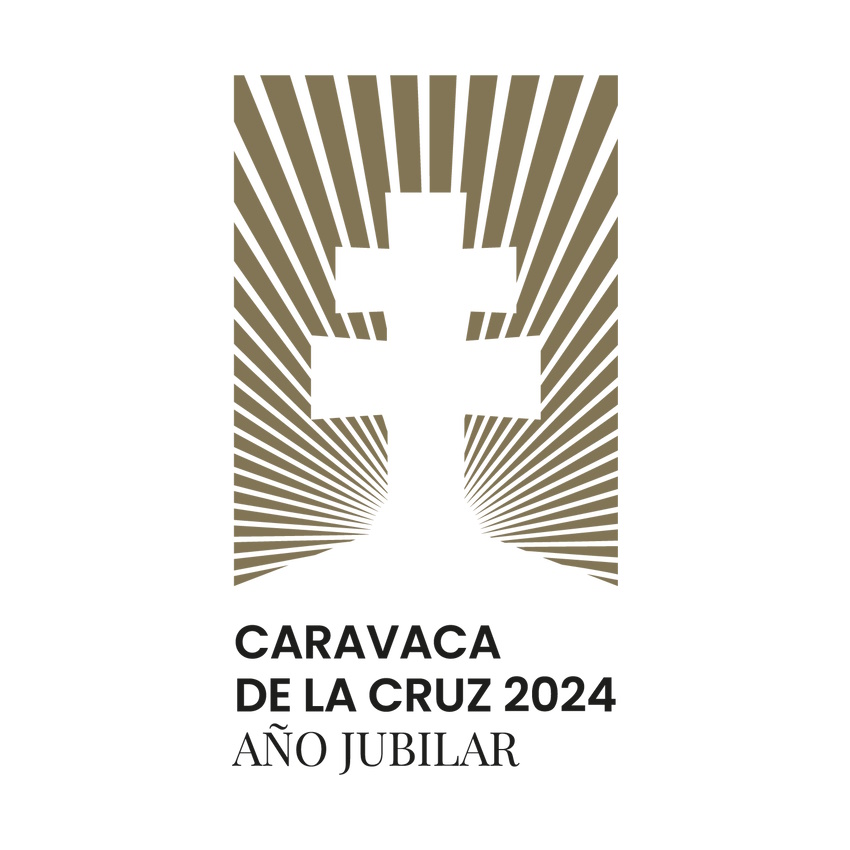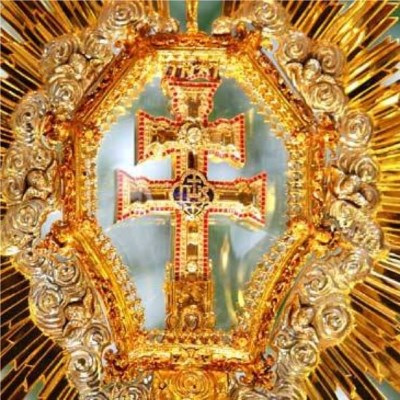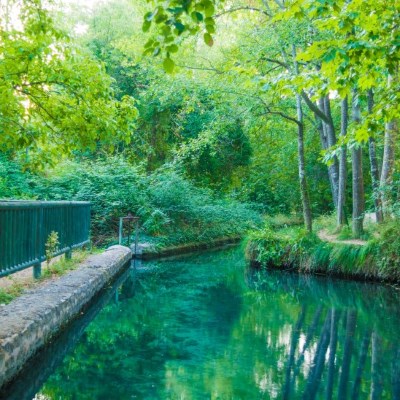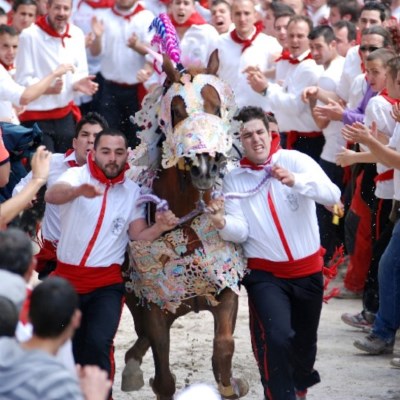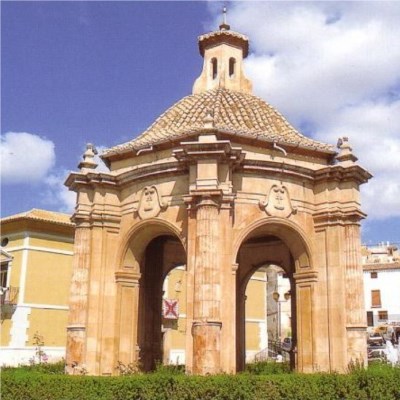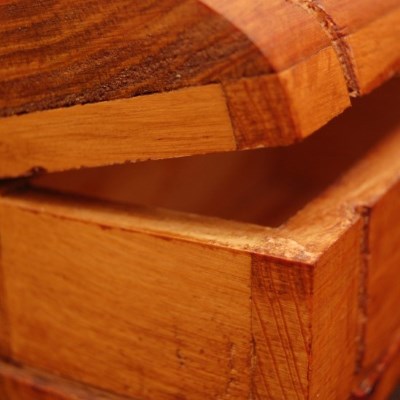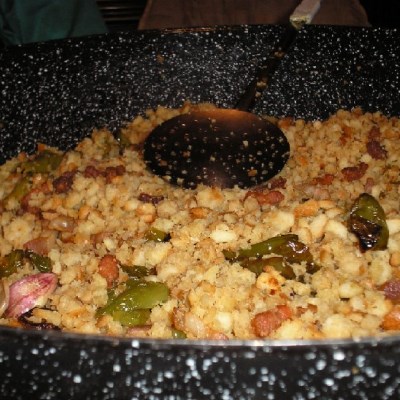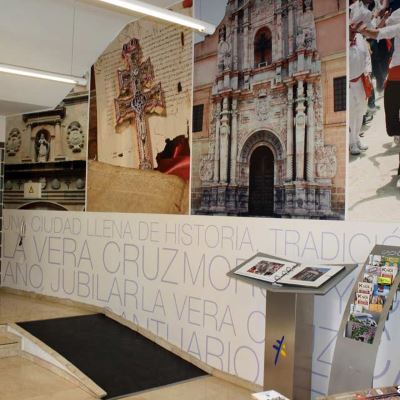22/01/2021. Atendiendo la petición realizada por el Ayuntamiento de Caravaca de la Cruz, la Comunidad Autónoma ha puesto en marcha el procedimiento para declarar la conocida como ‘Capa Negra’ de Barranco del Gredero como Monumento Nacional. En este sentido, la Consejería de Agricultura, Ganadería y Pesca ha expuesto públicamente el expediente que justifica la relevancia científica internacional del lugar mediante su publicación en el Boletín Oficial de la Región de Murcia (BORM).
“Se trata de un paso clave para reconocer la importancia de este espacio natural y velar por su protección, cumpliendo así la propuesta que, a iniciativa del equipo de Gobierno, fue aprobada por unanimidad en el Pleno de la Corporación Municipal de julio del pasado año”, ha informado la concejal de Medio Ambiente, Ana Belén Martínez, destacando que “el Ayuntamiento debe tener como un objetivo prioritario procurar la conservación del patrimonio natural como uno de los grandes valores que atesora el municipio y, en este caso concreto, además, para asegurar su conocimiento entre generaciones presentes y futuras, así como su estudio por parte de la comunidad científica”.
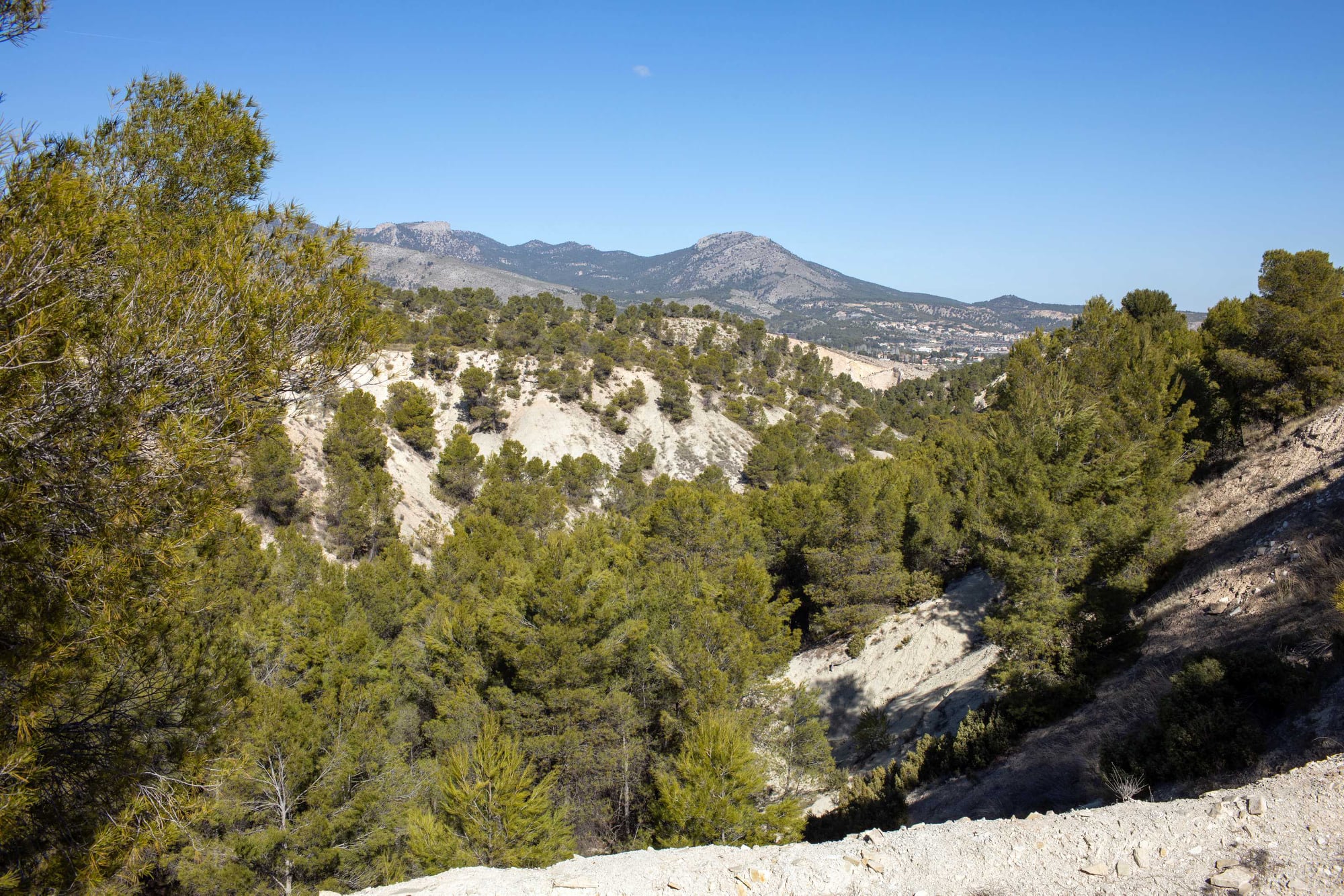
La propuesta del Consistorio caravaqueño atendida por la Comunidad Autónoma, además de la declaración de Monumento Natural, recoge otras medidas como la mejora ambiental del entorno; la instalación de los paneles explicativos que faciliten la interpretación del Lugar de Interés Comunitario LIG y arbitrar los elementos necesarios para su uso científico, didáctico y divulgativo debido a su enorme potencial.
La sección estratigráfica del límite Cretácico/Paleógeno (K/Pg) de Caravaca de la Cruz es una de las más completas, expandidas y bien expuestas del mundo. El ‘Barranco del Gredero’ es uno de los cien lugares del planeta donde se localiza la ‘Capa Negra’ y una de las tres secciones más destacadas de este episodio en España; las otras dos se encuentran en Agost (Alicante) y Zumaia (Guipúzcoa). Este descubrimiento permitió apoyar la teoría de un impacto meteorítico sobre la Tierra en el límite K/Pg, un evento catastrófico que acabó con la vida de los dinosaurios y casi el 90% de las especies que vivían en tierra firme.La concejal de Medio Ambiente ha destacado que el Barranco del Gredero ha sido catalogado como lugar de especial interés geológico dentro del proyecto Global Geosites de la Unión Internacional de las Ciencias Geológica, con el patrocinio de la UNESCO.
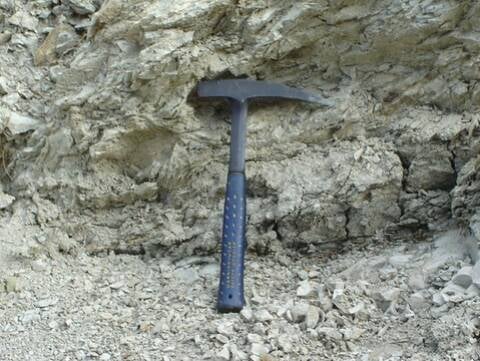
Por su parte, el director general del Medio Natural, Fulgencio Perona, ha recordado que hasta la fecha la Región de Murcia cuenta tan solo con tres monumentos naturales: las Gredas de Bolnuevo, el Monte Arabí y la Sima de la Higuera, que son "espacios o elementos de la naturaleza constituidos básicamente por formaciones de notoria singularidad, rareza o belleza, que merecen ser objeto de una protección especial, como lo son también los árboles singulares y monumentales, las formaciones geológicas, los yacimientos paleontológicos y mineralógicos, los estratotipos y demás elementos que reúnan un interés especial por la singularidad o importancia de sus valores científicos, culturales o paisajísticos".
El espacio de la Capa Negra tiene una extensión de casi 24 hectáreas, cuenta con una gran proyección internacional, respaldada por numerosas investigaciones, publicaciones y presentaciones científicas. Es una de las secciones del límite Cretácico/Paleógeno más importantes del mundo, al tratarse de un lugar clave en el desarrollo y comprobación de la hipótesis de extinción masiva por impacto de un meteorito.
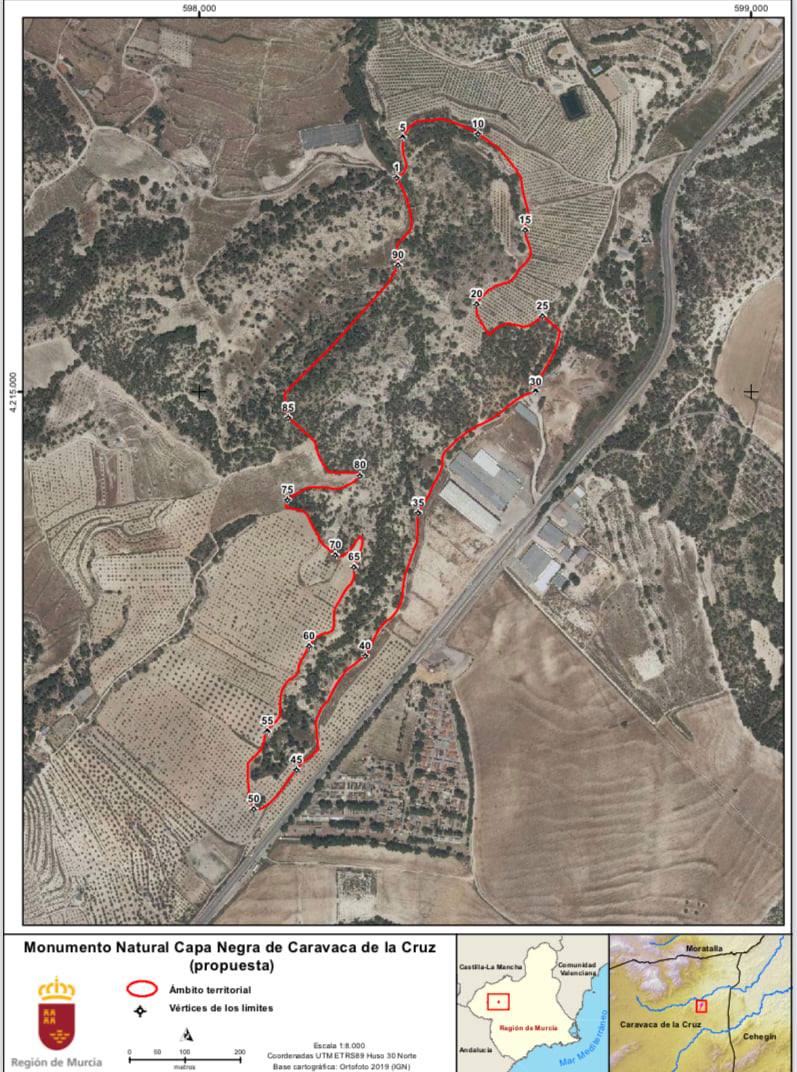
La Ley 42/2007, de 13 de diciembre, del Patrimonio Natural y de la Biodiversidad establece por vez primera la definición de Patrimonio Geológico como “el conjunto de recursos naturales geológicos de valor científico, cultural y/o educativo, ya sean formaciones y estructuras geológicas, formas del terreno, minerales, rocas, meteoritos, fósiles, suelos y otras manifestaciones geológicas que permiten conocer, estudiar e interpretar el origen y evolución de la Tierra y evolución de la vida.


